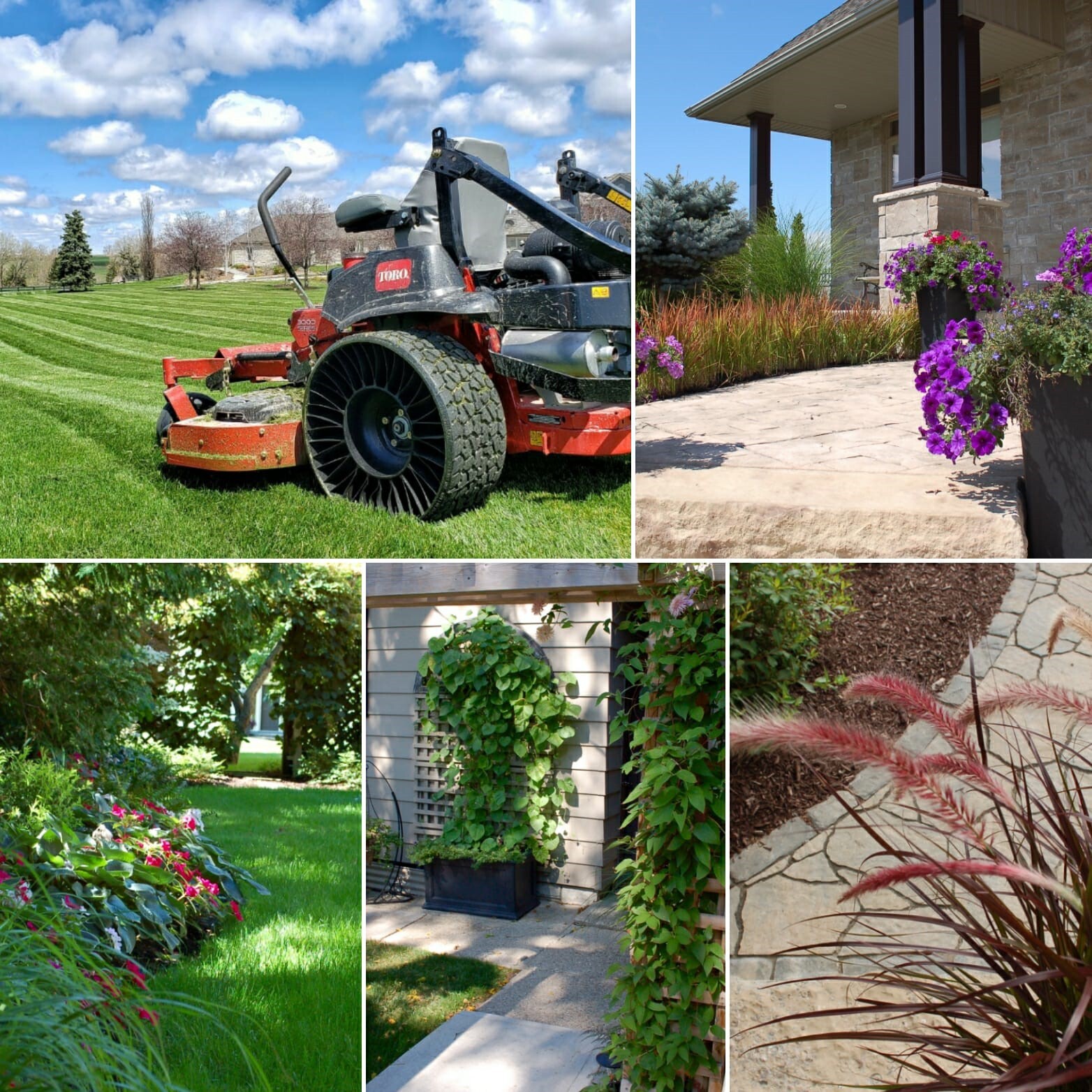Eco-friendly gardening practices
If you’re thinking about starting a garden or landscaping your outdoor space, consider going the old-fashioned route and adopting eco-friendly and organic gardening practices. Organic gardening can not only be a fun and rewarding experience, but it also benefits the environment and local wildlife. While organic gardening is generally a simple and straightforward activity, there are a few steps to take before you begin and important ideas and concepts to consider.
Many people tend to overcomplicate the practice of organic gardening, often forgetting that our ancestors cultivated the land with little more than their hands and simple tools. When embarking on an organic gardening journey, don’t strive for perfection. Remember, there is lots of time to learn and develop your gardening practices, and starting small is always a good idea.
Read on to discover our top organic gardening tips, and let us help guide you on your journey toward creating a beautiful and environmentally friendly outdoor space.
What is Organic Gardening?
Organic gardening and sustainable landscaping revolve around growing plants in harmony with nature and local climates and habitats. Nature does not need harmful human-created chemicals to eliminate weeds or pests, nor does it require disturbing the soil or microhabitats in the way modern and industrial gardens and farms do.
Sustainable landscaping and organic gardening practices require an environmentally centered and ecological approach to growing and cultivating food and gorgeous shrubs, grasses, and flowers.
The “Rules” of Organic Gardening
The term “organic” is regulated by the Canadian Food Inspection Agency and requires adherence to a collection of growing practices, which include:
- No Use of Synthetic Fertilizers
- No Use of Synthetic Herbicides, Fungicides, or Herbicides
- No use of GMOs
- Nurturing and Protecting Soil Biology
- Incorporation of Compost and Other Organic Matter
- Growing of Diverse Species
- Using only Organic, Untreated Seeds and Seedlings
- Creating Pollinator Habitats
While a personal organic gardener doesn’t have to be concerned about following these strict regulations and all of the complex nuances of this type of gardening, the above regulations can serve as guidelines as you work on perfecting your organic gardening practices.
Getting Started
Creating an organic garden can be incredibly exciting, but it’s highly important to have a plan before you dig in. An organic garden should be viewed as an investment that should last for decades, so planning ahead will ensure that your hard work and time are spent wisely. Understanding the basics of organic gardening is an important starting place. The next step is to develop a solid plan, ensure you have the appropriate tools, and start slow and small.
Establish your Location
Finding the ideal location for your organic garden is essential. The best location for your garden will depend on what you plan to grow. Vegetables and herbs typically require no less than 8 hours daily of full sun, though many vegetables can thrive in partial shade as well. Other plants, such as wildflowers and shrubs, can thrive in partial sun, partial shade, or full shade. Organic plants require maximum photosynthesis for optimal growth.
Some other things to consider when choosing a location for your garden include:
- Access for deer or other wildlife in your garden
- Any drift of chemicals or spray from neighbouring yards and lawns
- Ease of access for you and other gardeners
- Water drainage in the area (avoid areas with standing water or that tend to flood after rain)
- The slope of the land
Invest in Soil
Creating your garden must begin with a solid foundation. All plant life begins in the soil, which anchors the roots and provides them with moisture, as well as facilitation of nutrient absorption and weed and pest immunity.
Adding ample amounts of compost, organic fertilizers, and other organic matter (such as mulch made of leaves or straw) to your existing soil will help your garden thrive. Generally, a newly created garden should include 2-6 inches of compost to the existing soil, topping up with 1-2 inches each season to continue to keep your garden vibrant. When purchasing soil, choose a high-quality topsoil that has been approved for organic gardening.
Best Weeding Practices
In the realm of organic gardening, the use of toxic herbicides is not the way to go. Organic gardening requires the hand-pulling of weeds, as well as the introduction of preventative measures to control unwanted plants.
The best way to stay on top of weeds in your organic garden is to stay on top of it. Pulling young weeds is much easier than trying to remove them after a strong root system has been established.
Find the Best Mulch
Mulches are made of decomposing organic materials that enhance the soil, suppress the growth of weeds and limit the amount of watering your garden requires. Creating a composting system is an easy way to create your own mulch from your home’s food waste. Fallen leaves can also create excellent mulch and offer seasonal protection for your gardens.
Using mulch on your pathways and gardens welcomes microorganisms and earthworms that will drastically improve the quality of your soil.
The Bottom Line
At the end of the day, when embarking on your organic gardening journey, always remember that nature is incredibly intuitive and forgiving. Organic gardening is the same as any new skill – developing a solid gardening practice requires research, practice, and determination. If you want to learn more about organic and eco-friendly gardening practices or how we can help you create the outdoor space of your dreams, contact us at Mountview Services today!

